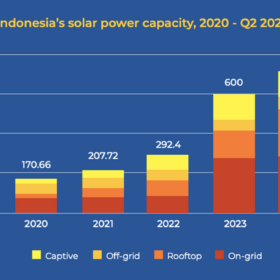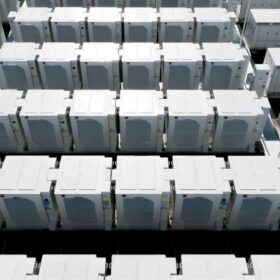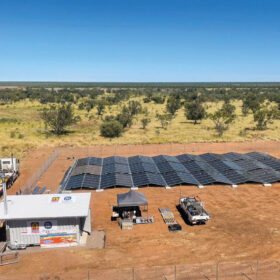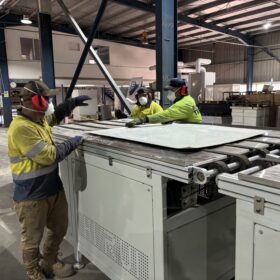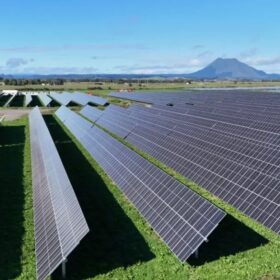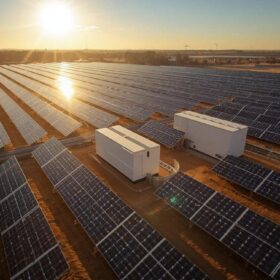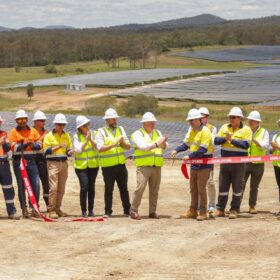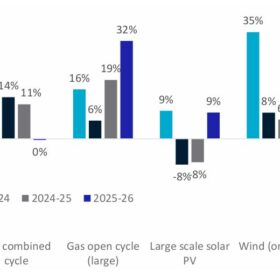Philippines may terminate 50-plus solar projects for missing deadlines
The Philippines’ Department of Energy says that at least 105 renewable energy projects, including 53 solar projects, face termination for failing to comply with timelines.
Bowen targets 10 GW of renewables in next CIS tender round
The Australian government will supercharge its program of underwriting renewable energy generation and clean dispatchable capacity by significantly expanding the next auction in its flagship Capacity Investment Scheme policy.
Indonesia’s installed solar capacity surpasses 700 MW
The Institute for Essential Services Reform says Indonesia’s solar industry has faced a downturn over the past two years, but policy reforms should accelerate solar deployment in the coming years. The think tank’s latest report states that 16.92 GW of projects are currently in the pipeline across the country.
NSW pumps up long-duration energy storage target to 28 GWh
The New South Wales government will pump up the state’s long-duration energy storage capacity target to 28 GWh by 2034 as it prepares for the exit of coal-fired power generation and greater renewable energy integration.
STCs trading market shifts as Greenbot share disappears
The decline of rooftop solar certificate trading platform Greenbot has triggered a shift in the small-scale technology certificates market with new analysis revealing that former competitors Formbay and One Stop Warehouse have picked up much of the embattled aggregator’s clientele.
AGIG project provides boost for green hydrogen ambitions
Australia’s renewable hydrogen ambitions have received a boost with construction officially starting on a 10 MW green hydrogen project being developed on the border between New South Wales and Victoria.
Traditional Owners seek to take control in energy shift
The road to clean energy for remote communities can be long and hard, but it is possible, and First Nations people are ensuring their communities share in the benefits of Australia’s clean energy transition.
Queensland solar panel recycling solution aims to scale-up nationwide
Brisbane-headquartered Pan Pacific Recycling has begun materials recovery from end-of-life solar panels as part of a Smart Energy Council stewardship pilot, which aims to fast track a repurposing solution for the rest of Australia’s mounting solar waste problem.
NZ to step up approvals process for large-scale PV projects
Ten large-scale solar farms planned for New Zealand’s North and South islands are among 22 renewable energy projects with a combined capacity of 3 GW that have been listed for inclusion in the government’s “one-stop shop” fast-track approvals process.
Fast track approval process gives Mortlake Energy Hub green light to start build
The Mortlake Energy Hub in Victoria has received a state government’s green light to proceed with construction after five months in process under a development facilitation program pathway.


